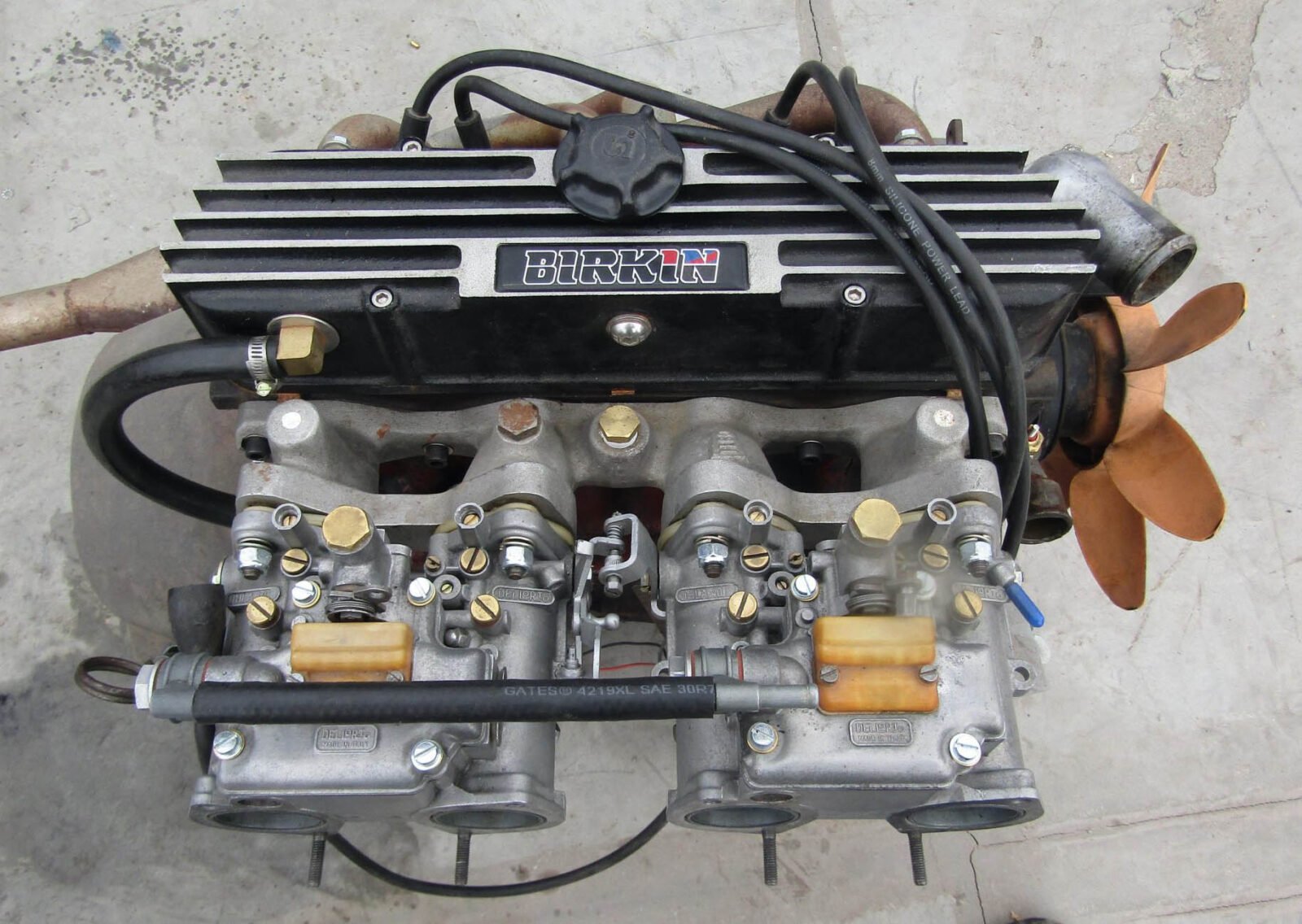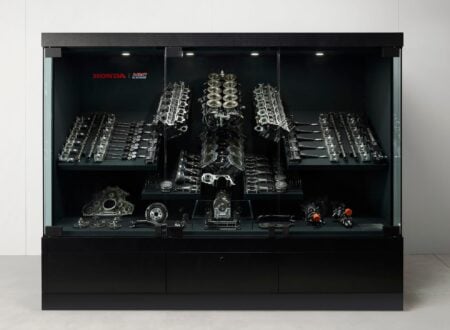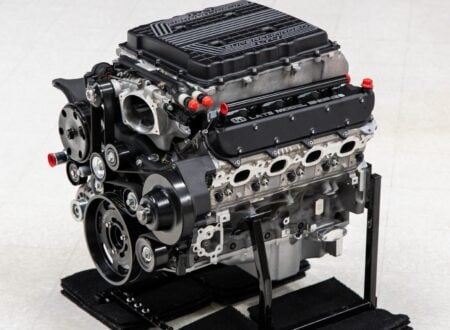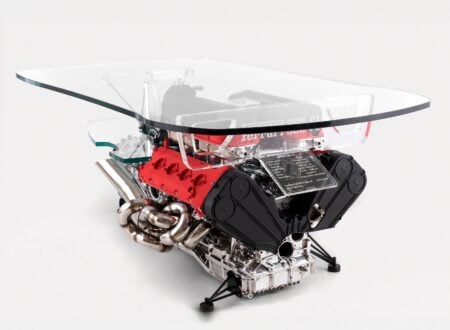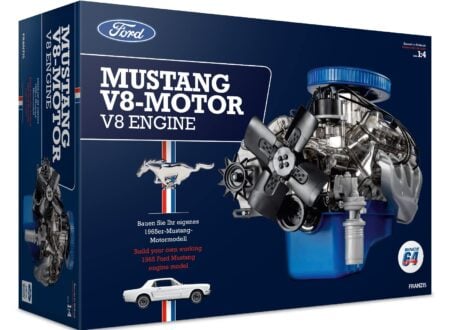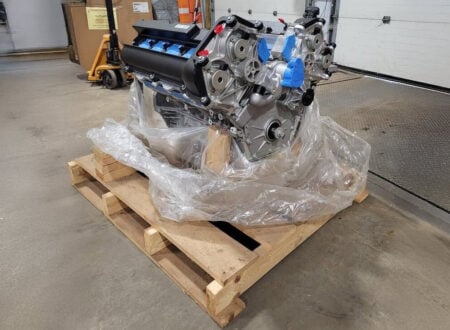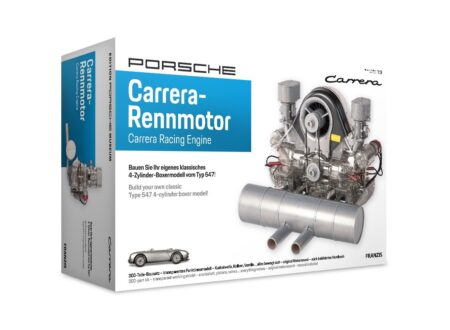This is a 1.6 liter Ford Kent Crossflow engine that benefits from a series of upgrades including dual Dellorto DHLA 40 carburetors, a performance camshaft, a 4-2-1 exhaust header, and a PerTronix electronic ignition.
The Ford Kent four-cylinder is a relatively unknown engine in the United States outside of motorsport circles, but in Europe and Britain it’s widely considered one of the most successful racing engine designs in its displacement class, having dominated Formula 2 and Formula 3, as well as rally, hillclimb, and circuit racing.
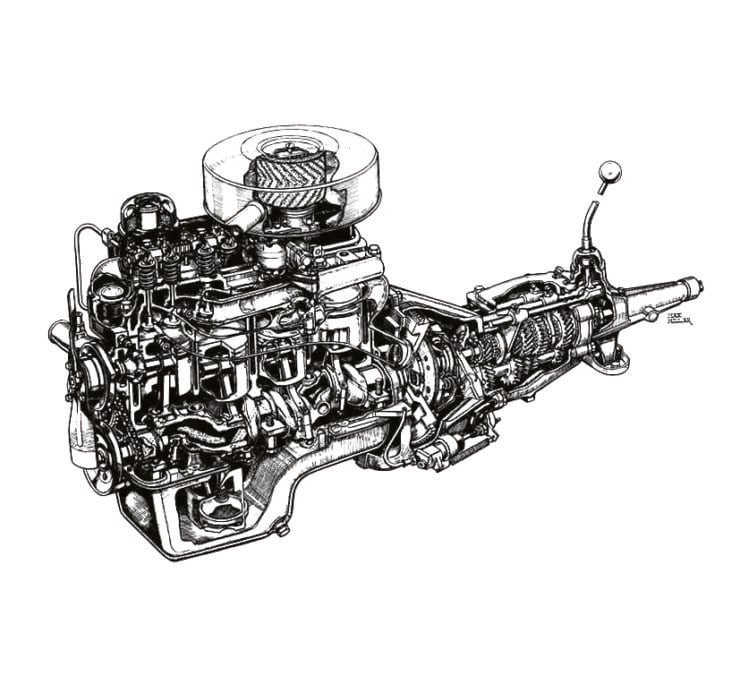

History Speedrun: The Ford Kent Engine
The Ford Kent engine was developed in the late-1950s and released in 1959 as the primary engine in the Ford Anglia, with a displacement of 1.0 liters and 39 bhp. Early on there were no indications at all that it would become a dominant racing engine, it was a simple pushrod design with two-valves per cylinder, three main bearings, a cast iron block and head, and a non-crossflow head (with the exhaust and intake entering on the same side of the head).
Perhaps one clue that it had racing potential was the 80.96 mm × 48.41 mm bore and stroke, and over square design that was unusual for the time, and potential ideal for racing applications. Over the coming years the displacement would be increased out to 1.5 liters, and it would be switched over to a much tougher five main bearing design.
The most important evolution of the Kent happened in 1967 when a new crossflow version was released with a displacement of 1.6 liters. This engine had the intake and exhaust on opposite sides of the head for better flow characteristics, and it responded very well to tuning and aftermarket modifications.
Versions of this engine would be modified by Cosworth, Holbay, Vegantune, Novamotor, Brian Hart, Richardson, and Wilcox to name but a few. The most famous performance engine based on the Kent block is almost certainly the Lotus Twin Cam, which had a unique double overhead cam design for far better breathing.
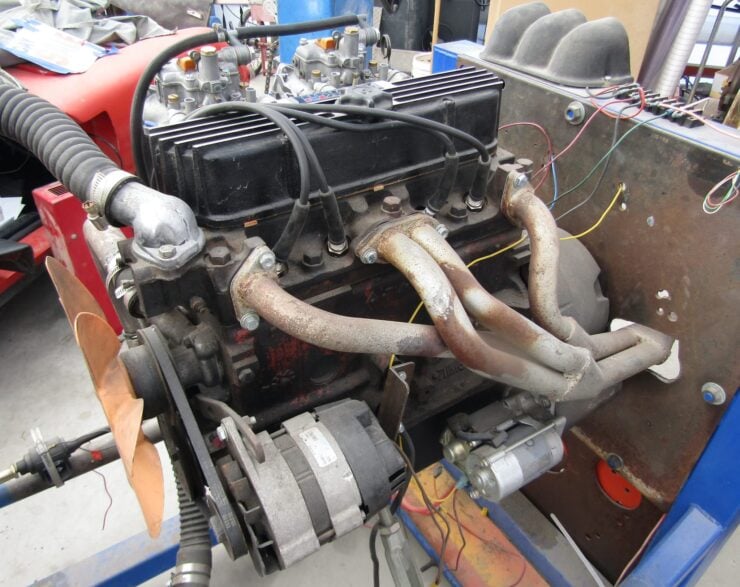

The Cosworth double overhead cam versions of the Kent, like the BDA and the later BDT with turbocharging could produce as much as 800 bhp, and they powered the Group B Ford RS200 race car.
Ford would keep versions of the Kent engine in production from 1959 through to 2002 when it was usurped by the more modern Duratec-E engine.
Production didn’t completely stop however, as Ford in Brazil kept it in production, and in 2010 it reentered production in the USA in block-only form for use in racing, restorations, and Formula Ford competition.
The Ford Kent Crossflow Engine Shown Here
The engine you see here is a 1.6 liter Ford Kent Crossflow engine that has been modified to improve its performance. Many of these engines were fitted to Caterham 7s and other similar clubman-type sports cars, and this one may have been originally used in a Birkin due to the branding on the aluminum valve cover.
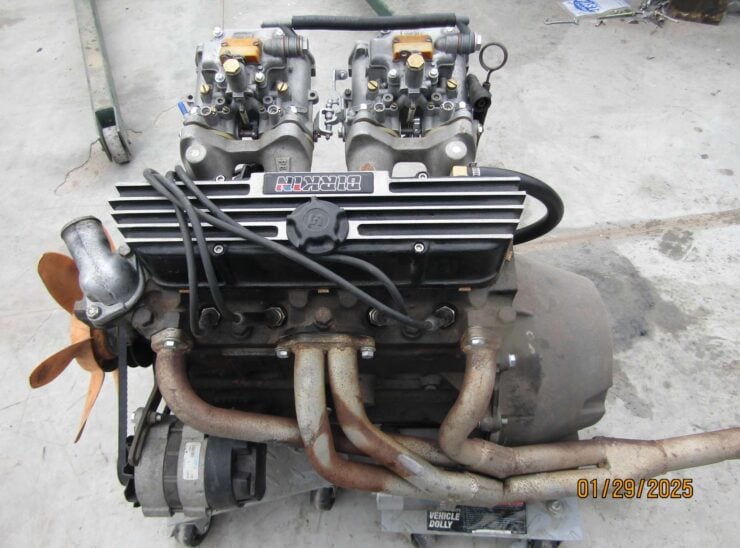

The engine has been fitted with a high-performance camshaft, a 4-2-1 exhaust header, twin Dellorto DHLA 40 carburetors, and a PerTronix electronic ignition. The engine also has a new starter motor and it comes with an alternator, a throttle linkage, air filter housings, and a Ford Type E 4-speed manual gearbox.
It’s now being offered for sale on Bring a Trailer out of Yerington, Nevada with a workshop manual at no reserve, and the seller notes that it can be palletized for shipping. If you’d like to read more about it or place a bid you can visit the listing here.
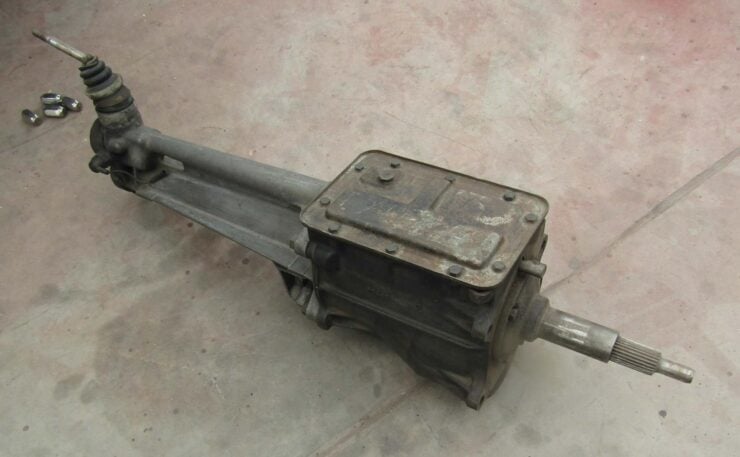
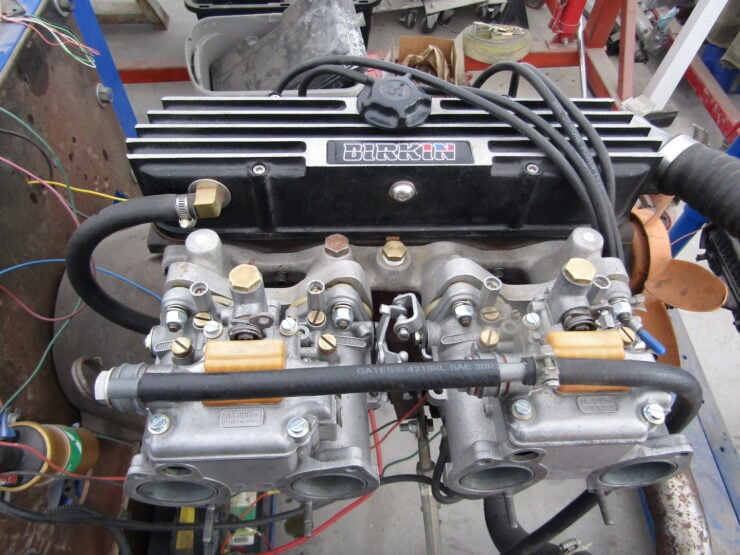
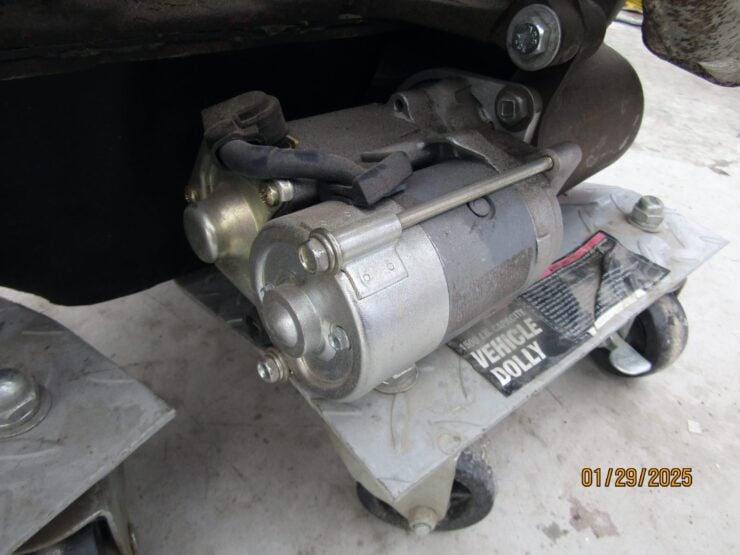
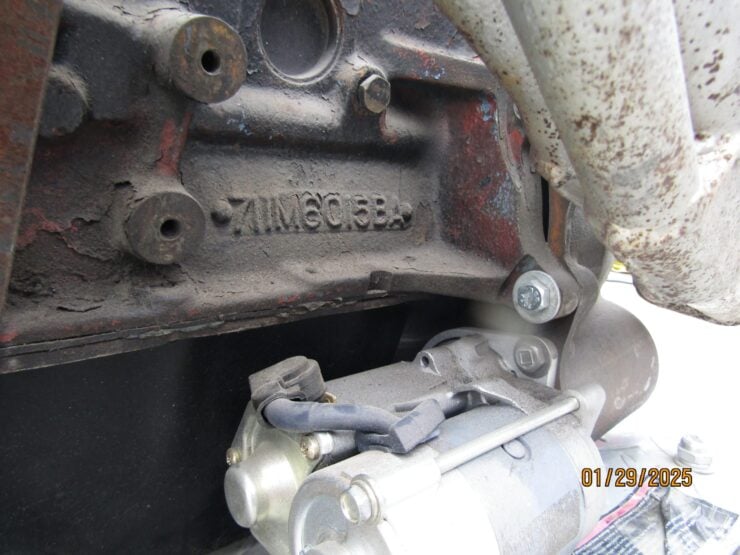
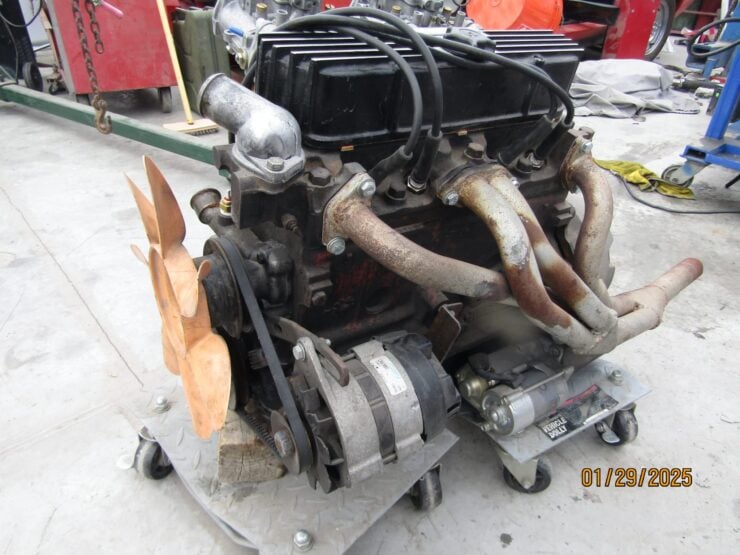
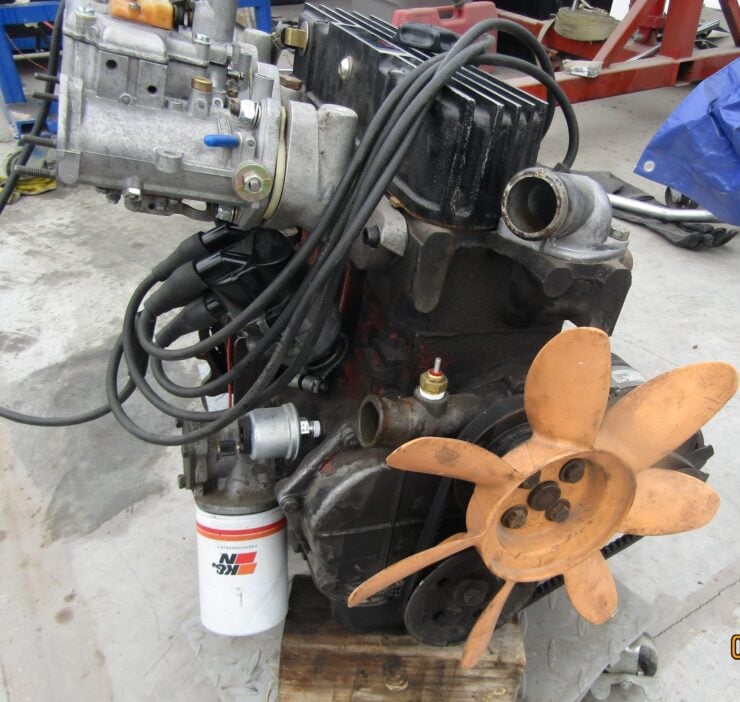
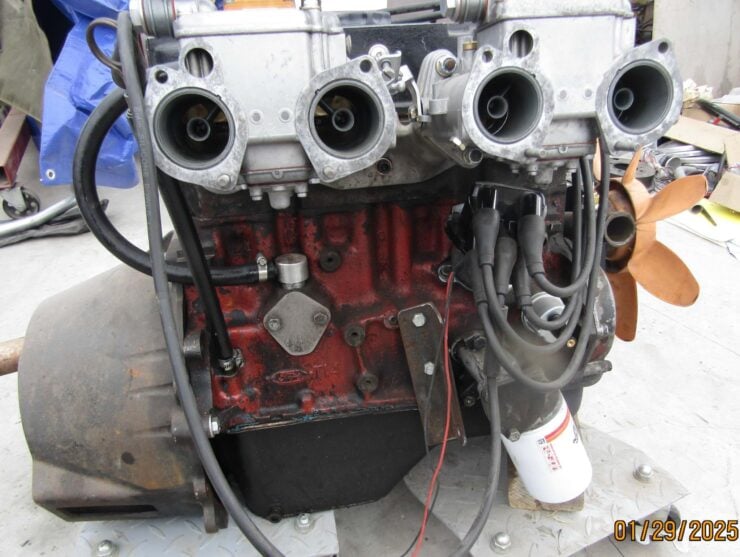
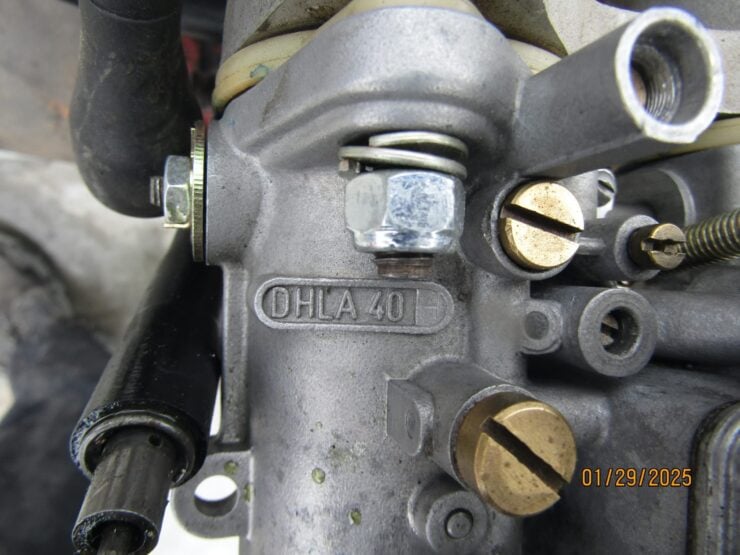
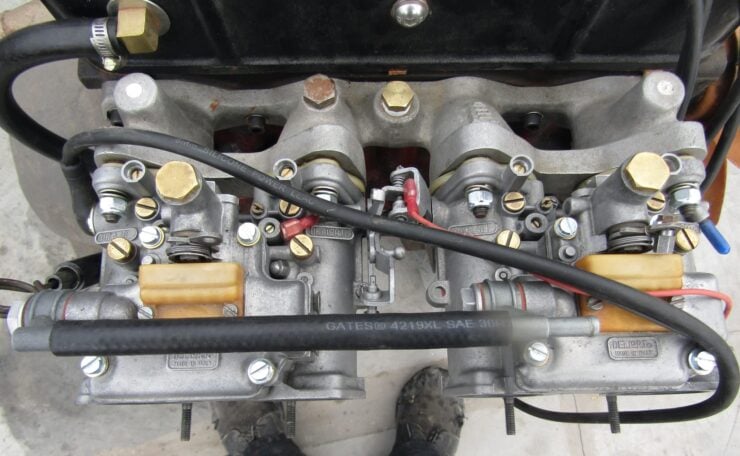
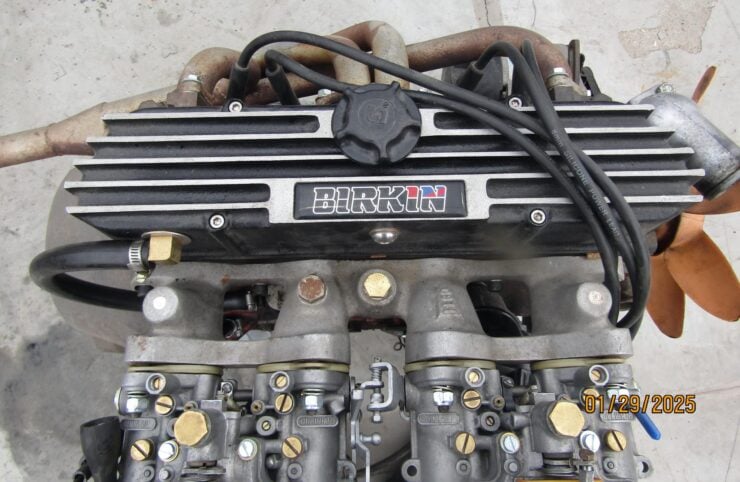
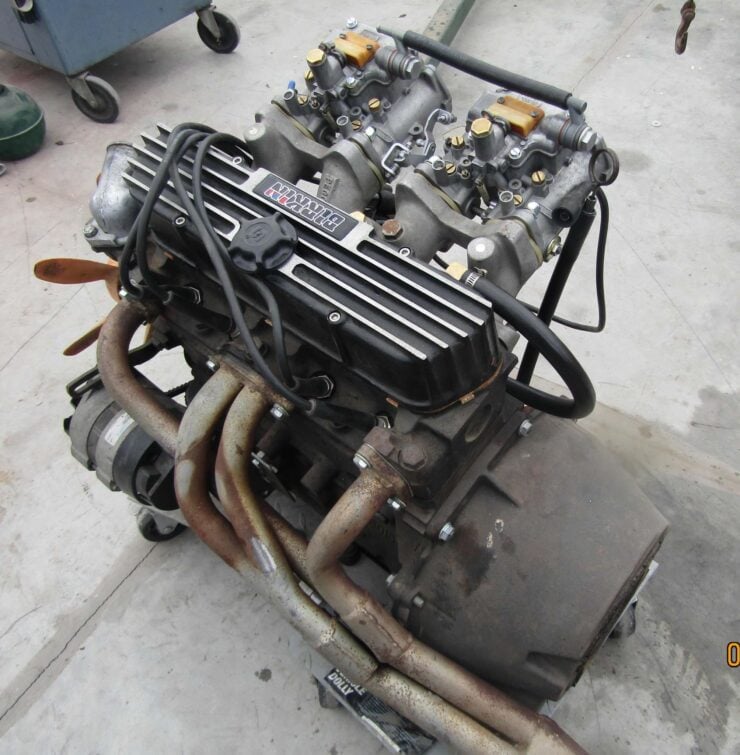
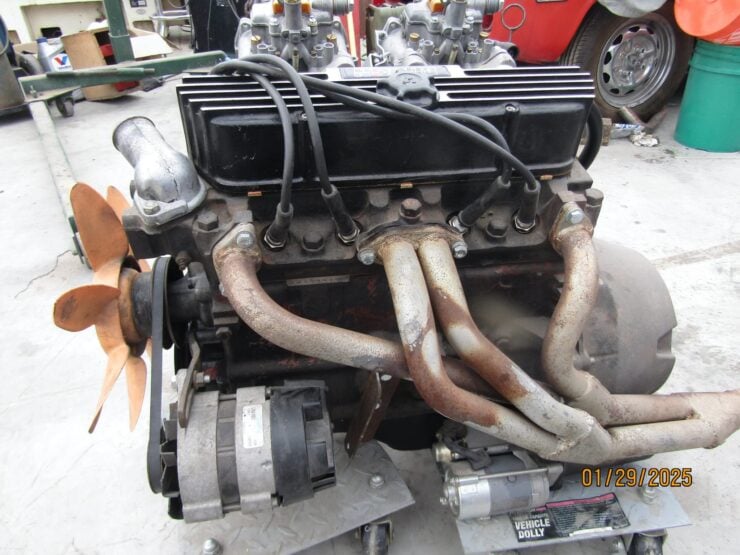
Images courtesy of Bring a Trailer

